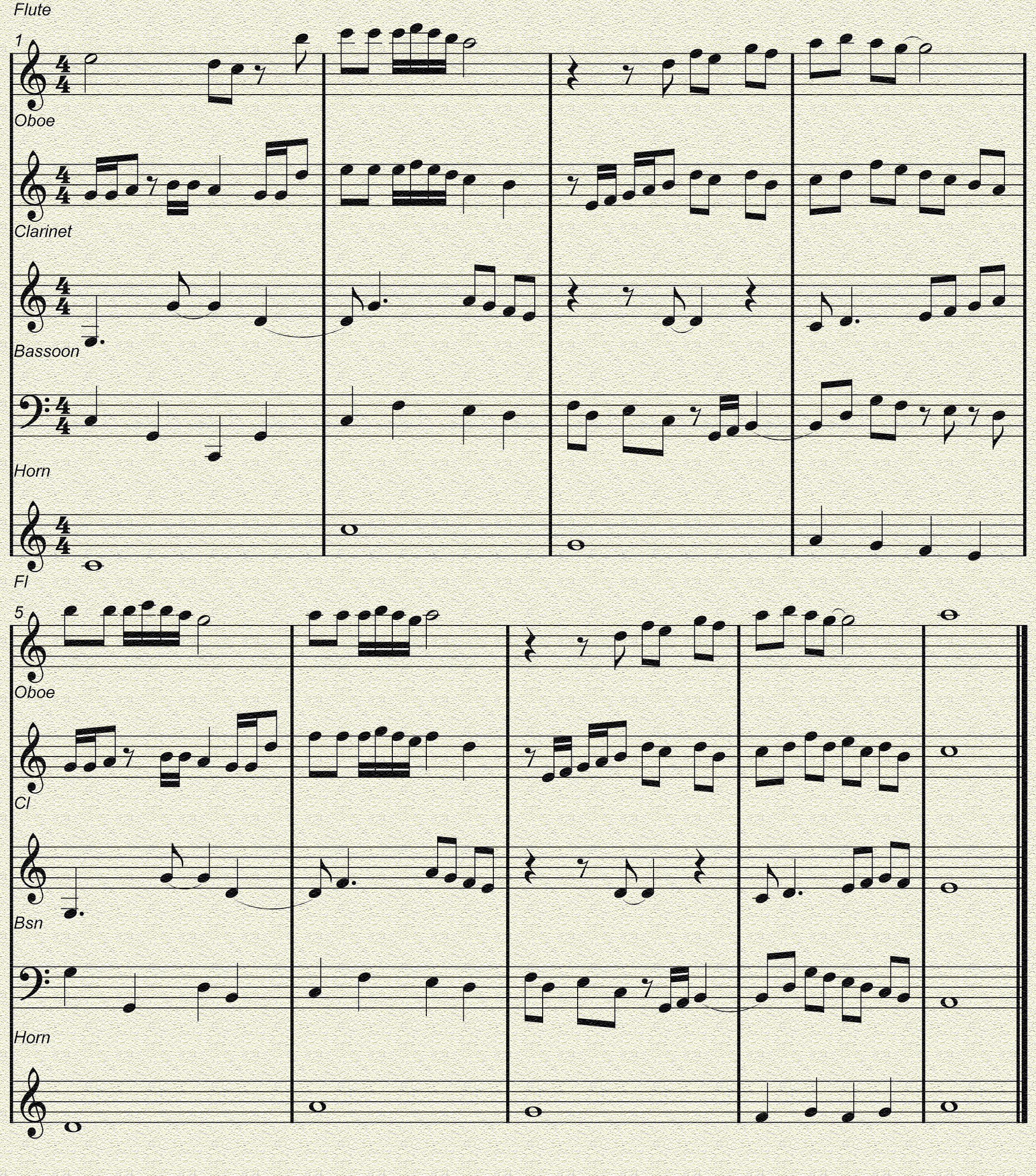Poly- is a
Latin root word many meaning many or different
Rhythm means the combination of durations including sounds and silences into repeatable ideas.
Meter means the grouping of durations into measures or bars of the same length (same total number of durations or beats)
So
Poly-rhythm many rhythms at the same time. This can include cross-rhythms, which are a special case of poly-meter in that they shift between simple and compound meter whilst maintaining a single time signature.
Poly-meter many meters at the same time.
Time signatures indicate two key aspects of metrical and durational structure.
- How many in the grouping
- What type of beat is the base value
We can have any number on the top part of a time signature. We are generally limited to the following numbers on the bottom of a time signature:
1 - the whole note or semi-breve
2 - the half note or minim
4 - the quarter note or crotchet
8 - the 8th note or quaver
16 - the 16th note or semi-quaver
32 - the 32nd note or demi-semi-quaver
64 - the 64th note or hemi-demi-semi-quaver
128 - the 128th note or semi-hemi-demi-semi-quaver
We generally only see 2, 4 or 8 as the bottom number in pop music.
All meters can be classified as being one of Duple (2) or Triple (3) or Quadruple (4) or asymmetrical combinations of Duple and Triple time (can be broken into sub-groups of 2's and 3's).
We also have what are referred to as Simple meters and Compound meters.
A Simple meter divides the beat into two even parts and all subsequent sub-divisions are also factors of 2.
A Compound meter divides the beat into three even parts initially and then subdivides each of these by factors of 2.
This suggest that the beats for Simple and Compound meters are different, which they are.
Simple meters have the beat as a simple duration.
Compound meters have the beat as a dotted duration.
So a Simple Quadruple meter is
4
4
The beat is the quarter note/crotchet and is divided into 2 equal 8ths/quavers and so on.
A Compound Quadruple meter is
12
8
The beat is the dotted quarter note/dotted crotchet and is divided into 3 equal 8ths/quavers and then in to 2 equal 16ths/semi-quavers and so on.
I'll come back in the morning with some musical and notational examples.

